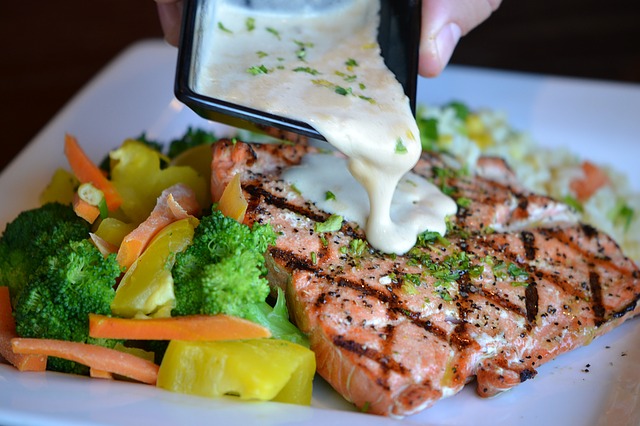The Table Restaurant and Bar, located at the highest bungee jumping facility in the world, and Cattle Baron restaurant, in the Storm River Rest Camp inside the National Park, participated in a competition to determine which uses the most sustainable seafood, sponsored by Robberg Fine Foods.
The Table Restaurant walked away with the title of the best seafood restaurant in Tsitsikamma.
Judges Andile Namntu, Chris Patton and Eugenia Mkhatshwa were impressed by the teamwork the restaurant crew showed when preparing dishes, the time it took to prepare them, and the texture and taste of the food.
During the competition, SANParks Marine ecologist Kyle Smith spoke about the Marine Stewardship Council’s initiative with a blue logo and the WWF SASSI logo consumers and restaurants can consider prior to consuming seafood.
The Southern African Sustainable Seafood Initiative (SASSI) has a list of green, orange and red categories recommending the sustainable fishing and consumption figures. The green list includes seafood that is sustainably harvested and considers current and future species. In the orange category are fishes consumers may want to think more carefully about eating. The red list names species that should not be consumed at all.
Marine stewardship is about selecting ‘certified sustainable seafood. It has a blue fish logo.’ Consumers can request to see this logo in restaurants prior to ordering.
Khaya Duna from the Koukamma Municipality spoke about the significance of civil action in the scourge against pollution on land as some attempt to protect the sea.
Here are some green-listed fish you can consume with a clear conscience:
– Angelfish
– Dorado
– Gurnard
– Hake
– Hottentot/Black Bream
– Farmed Kob
– Mackerel (both King and Queen)
– Monkfish
– Snoek
– South African Rainbow Trout
– Pole-Caught Tuna
– Yellowtail
– Oysters and Mussels
– Alaskan Wild Salmon
Picture: Pixabay

